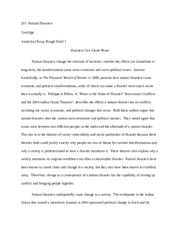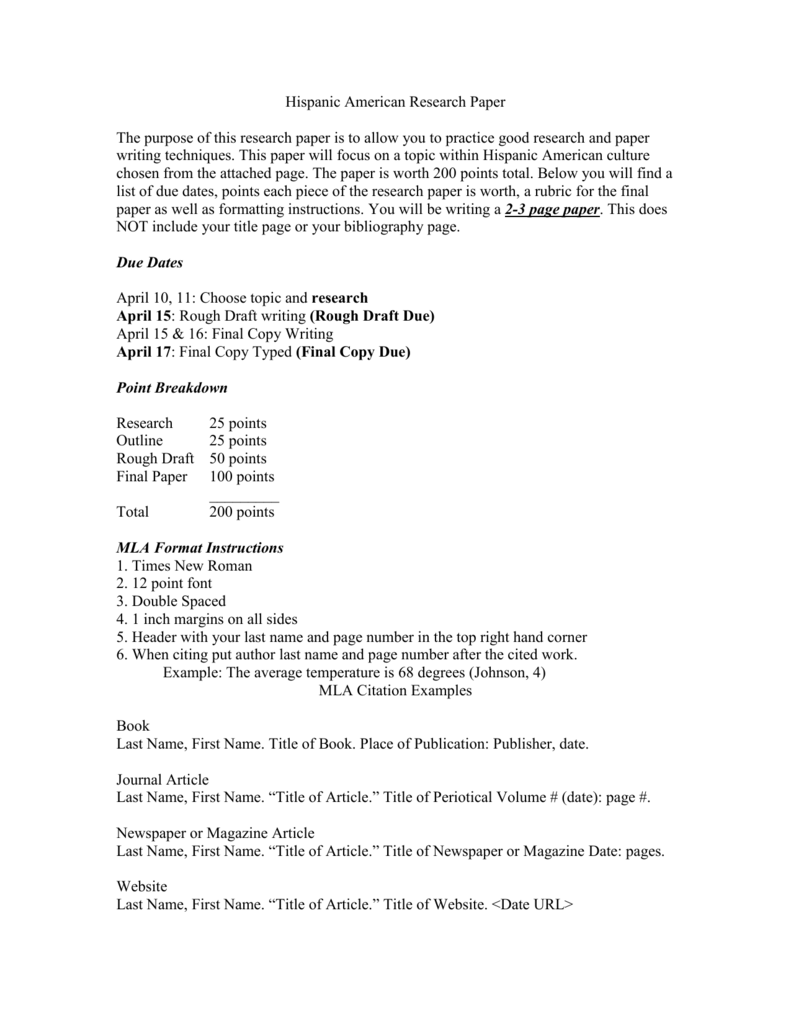

Revise your introduction several times to refine it.

Each paragraph in the body should explore one specific topic that proves, or summarizes your thesis. After you have a working thesis, talk about the body of your paper before you write the rest of the introduction. Your thesis should state the main idea in brief terms. Hence, the abstract must be thought through and written well.įirst and foremost to writing your introduction is, writing the thesis. It speaks of the major aspects of your paper and helps the reader decide whether they want to read the rest of it. It includes the overall basis of the study and the research problems you investigated, the basic layout of the study, findings or trends found as a result of the study and a brief summary of your interpretations and conclusions. We shall address that in another article.Īn abstract summarizes the major aspects of the entire paper in a prescribed sequence. Some universities follow certain standards in which case the format remains the same throughout. So it is advised to inquire about the specific requirements for your department and university. We will not be talking about the format of the title page as it is bound to be different for different universities or departments even. Most title pages have a lot of wide space and must contain all the necessary information in a clean manner. It’s the first page of your paper, so a blatant mistake here will create a bad impression, now who would want that? It is not the final product.Ī properly formatted title page is very quick and easy to do. Preparing a first draft is where you test your outline and elaborate on the ideas to support your thesis. It helps lay the initial framework for your paper. Not only does that make things clear from the get-go, but also makes the process of writing a research paper systematic.
#ROUGH DRAFT EXAMPLE FOR RESEARCH PAPER HOW TO#

The conclusion must be strong and not leave the reader hanging, like at the end of a bad movie. For example, a background paragraph, and transitional paragraphs that can be used to move from one supporting paragraph to the next. Write other paragraphs in the essay’s body.This is where you clearly state what your paper is about and your stand on the topic. The introduction must include the thesis statement. First, write your thesis at the top of the page and then write the supporting paragraphs.

Most writers do not begin by writing an essay from beginning to end, but rather build it in the following sequence. 56) and a Process Diagram: Writing a Draft (pg. There is also a useful checklist, Turning Outline into Rough Draft (pg. Here is a suggested sequence for writing the first draft, taken from chapter 6 of the eBook. This is the time to try out new ideas, and see what works best for what you want to accomplish in this writing piece. The rough draft is not meant to be perfect, it is meant to be revised-maybe more than once. It is an important step in the writing process because it helps you see the strengths and weaknesses of your paper. The rough draft is the first version of your essay. These are all components of prewriting leading up to your Final Product due in Week 4.įrom your work in week 2 you should have a basic outline for your paper that you will turn into a rough or first draft. In Week 2 you worked on finding a topic, brainstorming, writing a thesis statement, and gathering evidence in support of your thesis statement. Week 3: Drafting and Revising – Assignment 3Īssignment 3 -Writing the Rough Draft and APA Formatting


 0 kommentar(er)
0 kommentar(er)
